New sequencing technique may reveal recessive mutations
A new method of genetic analysis allows researchers to identify regions that are identical on both copies of a chromosome, according to a study published 20 September in Molecular Cytogenetics.
Emerging tools and techniques that may advance autism research.
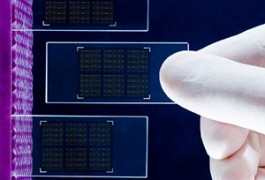
A new method of genetic analysis allows researchers to identify regions that are identical on both copies of a chromosome, according to a study published 20 September in Molecular Cytogenetics.
Researchers have developed software that can automatically track and catalog the behavior of up to four mice at once, according to a study published 16 September in PLoS One.
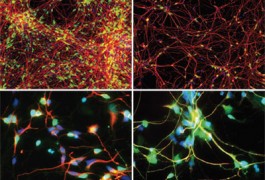
Researchers have optimized the production from stem cells of large numbers of a subtype of neurons involved in cognitive function. The technique, published 20 August in Translational Psychiatry, could generate enough neurons for large-scale screening of drugs.
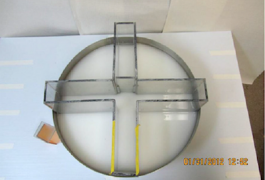
Researchers have developed a new test that reveals complex repetitive behaviors in BTBR mice, a mouse strain with features resembling those of autism, according to a study published 27 August in the Journal of Neuroscience Methods.
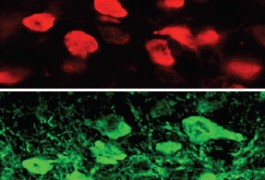
Researchers have modified optogenetics — a technique that activates neurons in mouse brains with beams of light — to toggle a gene on or off. They reported the advance 22 August in Nature.
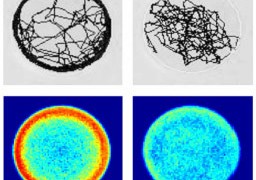
Mutating MeCP2, the gene linked to Rett syndrome, in zebrafish allows researchers to investigate the disorder early in development, according to a study published 16 July in Frontiers in Neural Circuits.
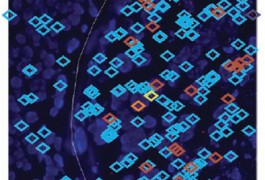
A new method allows researchers to highlight mutations in individual cells without first isolating the cells from the surrounding tissue, according to a study in the August Nature Methods.

Researchers have developed a method to engineer rats so that they lack a certain gene in only select regions of the brain, they report in the July issue of Nature Methods.
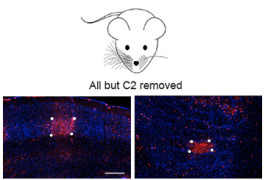
A new method, described 5 June in Neuron, allows researchers to tag only those neurons that are active during the following 12-hour time window.
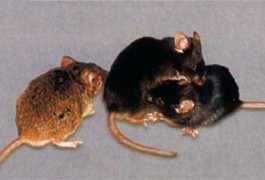
Mice lacking neurexin-1, an autism-linked protein that helps stabilize the junctions between neurons, are highly aggressive, according to a study published 28 June in PLoS One. These mice share a consistent genetic background, which may account for this being the first social deficit seen in mice lacking this protein.






